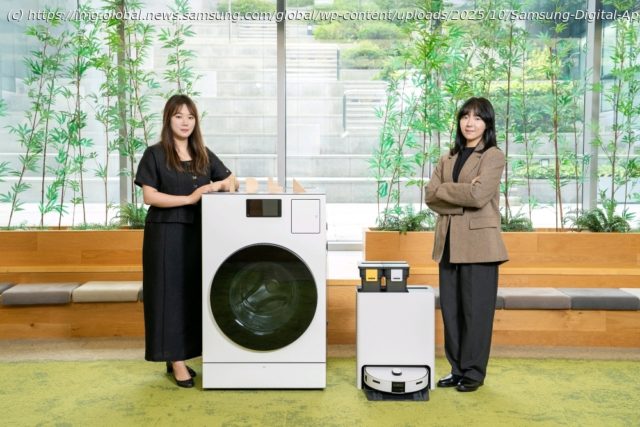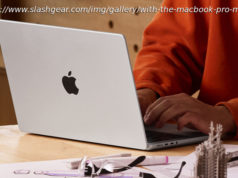When using a washing machine for the first time, many users fumble for the tiny power button or struggle to figure out how to open and clean the filter. For
When using a washing machine for the first time, many users fumble for the tiny power button or struggle to figure out how to open and clean the filter. For older adults and those with visual impairments, such inconveniences can quickly become real barriers. To address these obstacles, Samsung Electronics has embraced an accessibility-first philosophy, making its home appliances easy to operate.
This philosophy has earned recognition on the global stage. At the 2025 International Design Excellence Awards (IDEA), Samsung received a Gold Award for its “Samsung Inclusive Essentials” concept in the Concepts & Speculative Design category. The award highlights not only innovations in design but also meaningful improvements in usability and social contribution.
Through Samsung Inclusive Essentials, Samsung aims to help all users understand and manage their appliances independently. As such, the design concept standardizes the shape and color of buttons and incorporates multiple senses including sight, sound and touch so that essential functions can be recognized instantly and used seamlessly.
October 15 marks International White Cane Safety Day, established by the World Blind Union to promote and protect the rights of people with visual impairments. To commemorate the day, Samsung Newsroom sat down with Dahwe Park of the Digital Appliances (DA) Business’s FX Design Group and Hyunbin Shin of the DA Business’s Design Innovation Group, who both contributed to the award-winning concept. They shared their insights on the thinking behind Samsung Inclusive Essentials and the goals it seeks to achieve.
Q. What motivated the development of Samsung Inclusive Essentials for home appliances?
Park: The latest appliance design has been moving toward simplification — doors that open with a touch instead of a handle and digital displays instead of physical buttons. For older adults and those with visual impairments, these changes have made appliances harder to use. We wanted to break down these barriers and create products that everyone could operate conveniently.
Shin: We analyzed the entire user journey from installation and use to management and maintenance.






